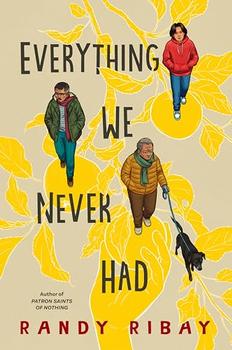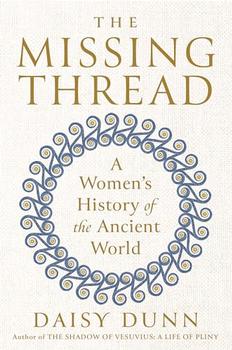(11/12/2006)
Vimal Khawas
As a fellow local of Kalimpong, I was compelled to get hold of Kiran Desai’s ‘Inheritance of Loss’ that came into limelight after it clinched through the Booker Prize, 2006. Several reviews in national dailies, reputed magazines and internet, floating of late, many praising the literary merit of the novel while others criticising her mocking attitude towards Nepali speakers and Kalimpong, supplied added impetus to me to lay my hands on the award winning work. The novel, although not directly based, has a foundation in Kalimpong Town located in the western part of Darjeeling Hills in Eastern Himalayas.
Reading through the pages, I immediately had an impression that there was an ample scope for any educated locals to be annoyed given the manner in which author has handled Kalimpong, its diverse ethnic groups, and the on-going Gorkhaland Agitation of the 1980s. The narratives clearly highlight her lack of correct understanding of the socio-cultural and economic dynamics operating in the area. Among many of the qualms that have perturbed the educated locals in Kalimpong forcing them to launch protests across spaces of the town, few of them may briefly be summarised.
First, Kalimpong is not as bad during monsoons as highlighted by Kiran Desai. Although it rains heavily and at times spontaneously during the period, the dreadfulness of reptiles, lizards, moths, rats and such other insects are the only imaginations far from reality. The town is located at an altitude of over 1,250 metres and has a moderate climate ranging from between 15°C to 25°C in summer and 7°C to 15°C in winter, offering year round comfort. Hence, there are no questions of sub-tropical organisms bothering human except during exceptional circumstances.
Second, the author has been unable to differentiate between the Nepali speakers who have been bonafide Indian citizens and those with Nepal citizen but working in Kalimpong on a seasonal basis. Moreover, her parallel treatment of the immigration issue in United States conveys a bad impression to the global readers about Indian Nepalis living in Kalimpong and elsewhere in Darjeeling Hills. American immigrants and Indian Nepali speakers in Darjeeling hills cannot be compared. Kalimpong along with other parts of Darjeeling was once a unit of Sikkim. While Kalimpong was snatched away by Bhutan for a brief period, other parts of Darjeeling Hills were taken over by Nepal and subsequently Darjeeling Hills including Kalimpong was taken over by British India. Hence, it is historically obvious, the region was bound to evolve as a melting pot of ethnic diversity- Lepchas, Bhutias, Nepalis, and Bengalis. Further, the development of market, introduction of tea and trade with Tibet from Kalimpong gradually encouraged other social groups- Biharis, Marwaris, Tibetans and others- to find spaces for themselves in the region. Therefore, signaling time and again that Indian Nepalis are immigrants from Nepal will not hold good.
Third, the novel clarifies us that Indian Nepali speakers of Kalimpong were brought generations ago to work on British tea plantations from Nepal. This is simply not true. Out of the total functioning tea gardens in Darjeeling Hills Kalimpong sub-division accommodates only four of them. They were introduced in Kalimpong much after the British left India. Kalimpong is largely an agrarian economy. Paddy, maize, millet, buckwheat, ginger, cardamom, orange, and more recently horticulture and floriculture are the backbones of regional economy of Kalimpong. Hence, Nepali speakers in Kalimpong did not immigrated as plantation labours but as subsistent agriculturists. Further, migration had been taking place in and across the area much before the British set their foot in the region.
Fourth, Inheritance of Loss talks of Gorkhaland Agitation but fails to understand many facets of the movement’s dynamics. It traces its root to the annexation of Sikkim into the Indian Territory and also the rising insurgencies in the north-east India. Such error on the part of author only reflects the fact she did not do her history homework properly. Ethnic discontentment in Darjeeling started long before the country saw its independence – around 1907 if not earlier. Moreover, mention of communal divide during the agitation is totally uncalled for. There were no instances of any kind of political harassment-s on communal line. It was largely a united struggle against the age old state regression. At rare cases, however, resident Bengalis were suspected as agents of state and the ruling comrades, whom Gorkhas hated the most then. She, however, declares in one of her recent interviews “The political information is accurate to my knowledge and based on my memories and the stories of everyone I know there”.
Further, it is clear from her writing that Desai could not familarise herself with Nepali language as she never uses Nepali proverbs and jargons to substantiate the local characters of Kalimpong, although she uses Hindi slang here and there. She, however, boasts of living and studying in Kalimpong before they left the place. One of the recent reviews further tells us that the author lived in Kalimpong for six weeks in 2002 for the purpose of research while she was in the process of writing her novel.
Associate Fellow
Council for Social Development
New Delhi, India



